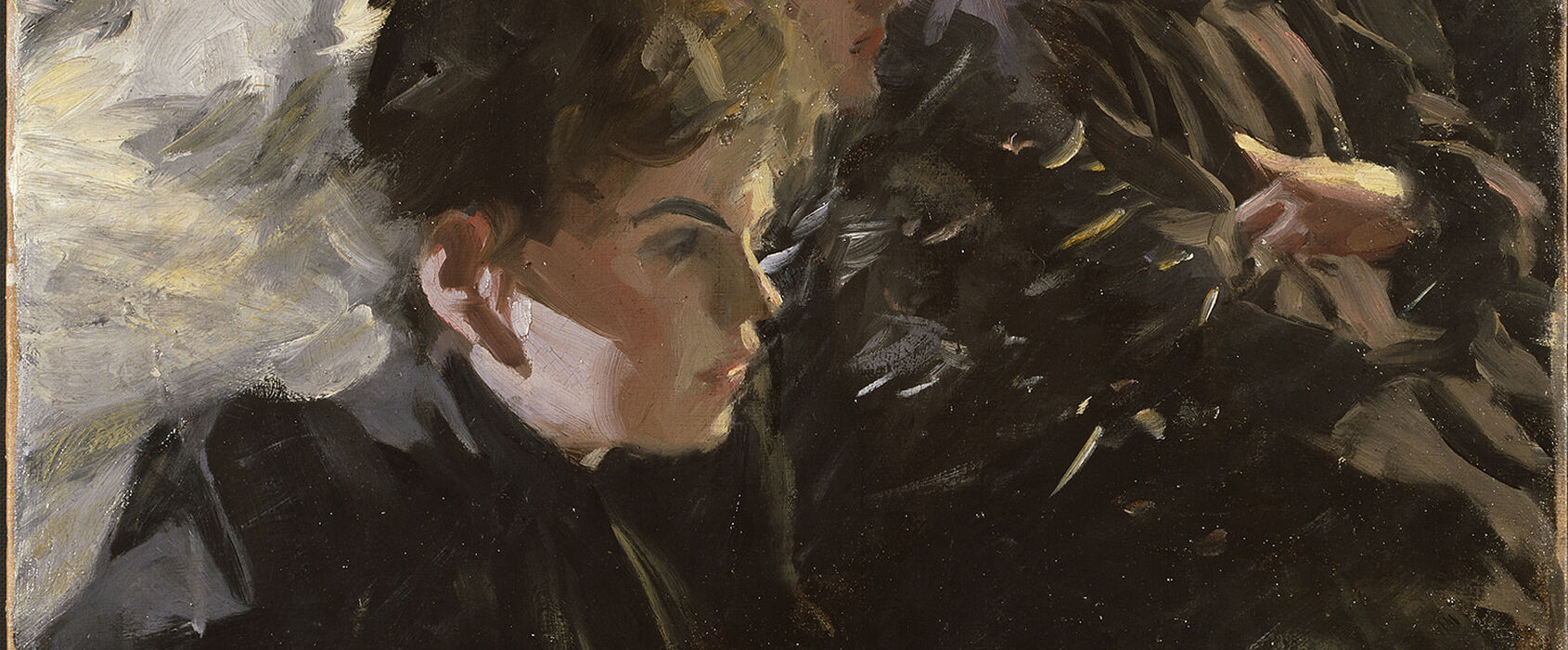Petit Palais, Paris, is now presenting a major retrospective of Anders Zorn. Although he was known and admired in Paris at the turn of the 20th century, his work has not been exhibited there since 1906. Of 150 works 25 are on loan from Nationalmuseum.
Anders Zorn – Le maître de la peinture suédoise
Following the successful Carl Larsson exhibition in 2015, Petit Palais, one of the leading art museums in Paris, is now presenting a major retrospective of Anders Zorn (1860–1920), another of the big names in Swedish painting. Although Zorn was known and admired in Paris at the turn of the 20th century, his work has not been exhibited in the French capital since 1906. The exhibition features almost 150 works, 25 of which are on loan from Nationalmuseum under the museum’s international exchange policy.
For eight years, Anders Zorn and his wife Emma made their home on the Boulevard de Clichy in Paris, very near the famous Moulin Rouge. This was around the time when Zorn’s international career was taking off. After winning the gold medal at the 1889 world’s fair in Paris and being honoured by France with the Légion d’honneur, the Swedish artist had become a highly respected figure in the city’s influential artistic circles. Now, with the exhibition Anders Zorn–Sweden’s Master Painter at the Petit Palais, Zorn is making a grand comeback in Paris. This follows the success of exhibitions in San Francisco in 2013 and New York in 2014, to which Nationalmuseum also contributed works on loan.
Paris museumgoers will be able to see works from all stages of the artist’s career. The large watercolours show Zorn’s masterful ability to render water and the constant motion of the waves. The oil portraits made him one of the most respected and sought-after painters, particularly in America. His etchings, heavily inspired by Rembrandt and other masters, were very popular in his day. The Petit Palais has also obtained some sculptures on loan from the Zorn Collections in Mora to illustrate a lesser-known side of Zorn’s art.
The paintings from the end of the 19th century, when Anders and Emma Zorn settled in Mora in western Sweden, are a homage to nature and Swedish folk traditions. Midsummer Dance, in the Nationalmuseum collection, is a true declaration of love for the Dalarna countryside and the light summer nights. This work, which has become a classic of Swedish art history, is among those on show to the French public.
The guided tour and the exhibition design are intended to mirror the diverse life that the artist lived in a wide variety of settings. The exhibition also includes some enlarged photographs of which Anders Zorn was either the subject or the photographer.
In addition to art from the Nationalmuseum collection, the exhibition features many of the major works from the Zorn Collections in Mora, plus notable works obtained on loan from other Scandinavian and French institutions and private collections in Europe.
